Many have argued that free will is in illusion, but science does not support that. We should be grateful that free will exists.


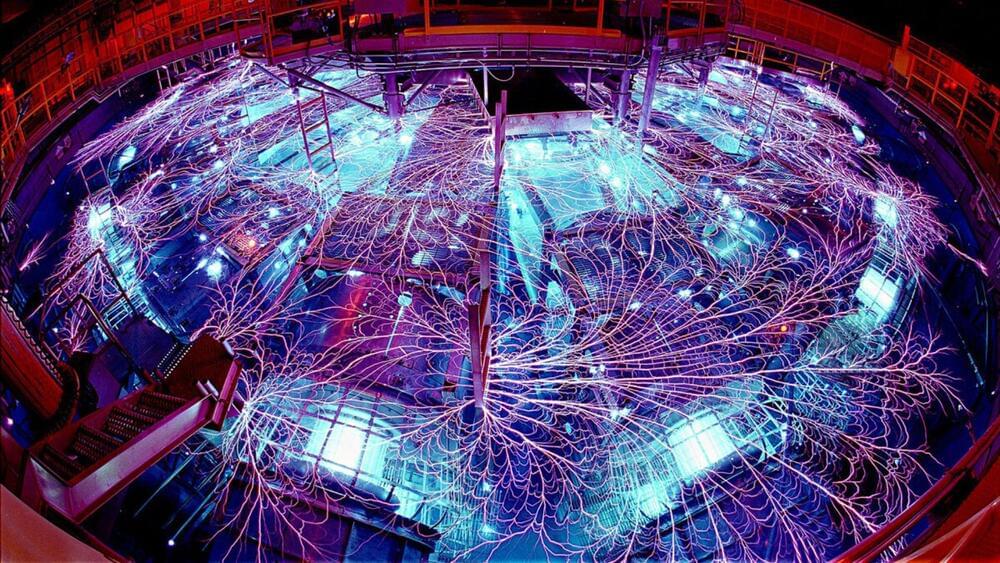
So far, Chinese scientists have achieved a reaction running at a slightly cooler 70 million degrees celsius for more than 17 minutes.
China aspires to produce unlimited clean energy through nuclear fusion by 2028.
The “world’s largest” pulsed-power plant will be built in Chengdu, Sichuan province, according to Professor Peng Xianjue of the Chinese Academy of Engineering Physics, The Independent reported on Wednesday.
The universe works for us because of deep physical laws. But if the values of these laws change much, then all we see and know could not exist. If small changes to the laws of physics would make life impossible, does fine-tuning require an explanation? Featuring interviews with Bernard Carr, David Deutsch, Richard Swinburne, Rodney Holder, and Christopher Isham.
Season 12, Episode 8 — #CloserToTruth.
▶Register for free at CTT.com for subscriber-only exclusives: http://bit.ly/2GXmFsP
Closer To Truth host Robert Lawrence Kuhn takes viewers on an intriguing global journey into cutting-edge labs, magnificent libraries, hidden gardens, and revered sanctuaries in order to discover state-of-the-art ideas and make them real and relevant.
▶Free access to Closer to Truth’s library of 5,000 videos: http://bit.ly/376lkKN
Closer to Truth presents the world’s greatest thinkers exploring humanity’s deepest questions. Discover fundamental issues of existence. Engage new and diverse ways of thinking. Appreciate intense debates. Share your own opinions. Seek your own answers.
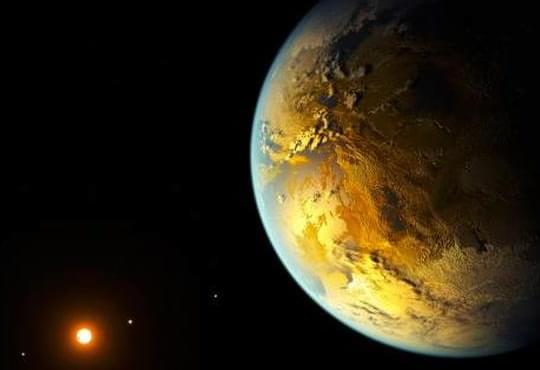
It’s one of the oldest problems in the universe: Since matter and antimatter annihilate each other on contact, and both forms of matter existed at the moment of the big bang, why is there a universe made primarily of matter rather than nothing at all? Where did all the antimatter go?
“The fact that our current-day universe is dominated by matter remains among the most perplexing, longstanding mysteries in modern physics,” University of California, Riverside professor of physics and astronomy Yanou Cui said in a statement shared this week. “A subtle imbalance or asymmetry between matter and antimatter in the early universe is required to achieve today’s matter dominance but cannot be realized within the known framework of fundamental physics.”
There are theories that might answer that question, but they are extremely to difficult to test using laboratory experiments. Now, in a new paper published Thursday in the journal Physical Review Letters, Dr Cui and her co-author, Zhong-Zhi Xianyu, assistant professor of physics at Tsinghua University, China, explain they may have found a work around using the afterglow of the big bang itself to run the experiment.
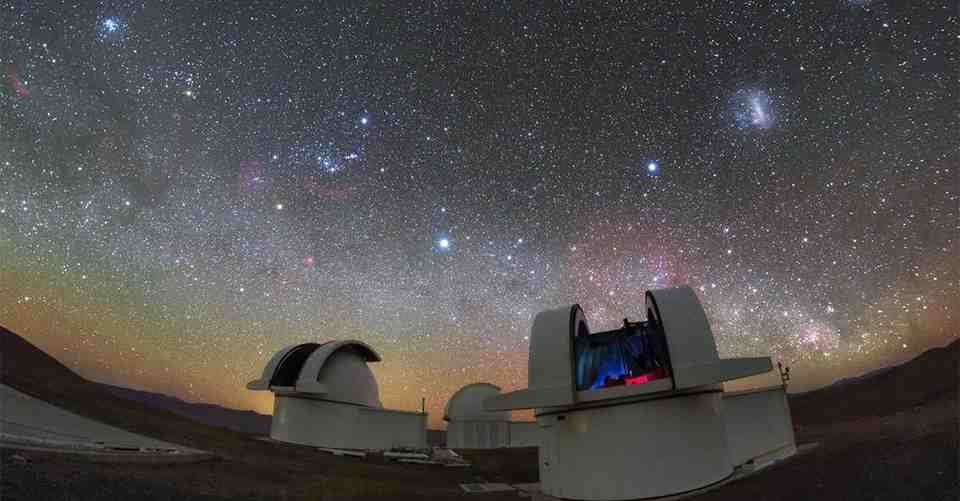
An international team of scientists announced on Wednesday that they have discovered two new “super-Earth” planets just 100 light-years away. Both of them are significantly larger than our own planet — and one of them may even be suitable for life.
Super-Earths are a unique class of exoplanet in the solar system that are more massive than our planet but lighter than the ice giants, according to NASA. They are made by some combination of gas and rock and can get up to 10 times the size of Earth’s mass.
The findings, discovered with NASA’s Transiting Exoplanet Survey Satellite and the University of Liège’s Search for Habitable Planets Eclipsing Ultra-Cool Stars (SPECULOOS), will be published in the journal Astronomy and Astrophysics.
On this explainer, Neil deGrasse Tyson and comic co-host Chuck Nice break down Big Bang skepticism and what’s going on at the frontier of astrophysics.
What are the core tenets of the Big Bang Theory? We explore the frontier of scientific research and what ideas are being contested. We also walk through the scientific process and experimentations. Could the Big Bang just be a small piece of a bigger theory? Learn about Vulcan, the hypothetical planet pulling on Mercury that was invented to save Newton’s Laws. When Einstein’s relativity came along, why didn’t Newtonian physics go away?
Get the NEW Cosmic Queries book (5÷5 ⭐s on Amazon!): https://amzn.to/3dYIEQF
Support us on Patreon: https://www.patreon.com/startalkradio.
FOLLOW or SUBSCRIBE to StarTalk:
Twitter: http://twitter.com/startalkradio.
Facebook: https://www.facebook.com/StarTalk.
Instagram: https://www.instagram.com/startalk.
About StarTalk:

Vaneev posits that: “‘intelligent impulses’ or even ‘human mind’ itself (because a musician can understand these impulses) existed long before the ‘Big Bang’ happened. This discovery is probably both the greatest discovery in the history of mankind, and the worst discovery (for many) as it poses very unnerving questions that touch religious grounds.”
The Voxengo developer sums up his findings as follows: “These results of 1-bit PRVHASH say the following: if abstract mathematics contains not just a system of rules for manipulating numbers, but also a freely-defined fixed information that is also ‘readable’ by a person, then mathematics does not just ‘exist’, but ‘it was formed’, because mathematics does not evolve (beside human discovery of new rules and patterns). And since physics cannot be formulated without such mathematics, and physical processes clearly obey these mathematical rules, it means that a Creator/Higher Intelligence/God exists in relation to the Universe. For the author personally, everything is proven here.”
Vaneev says that he wanted to “share my astonishment and satisfaction with the results of this work that took much more of my time than I had wished for,” but that you don’t need to concern yourself too much with his findings if you don’t want to.”
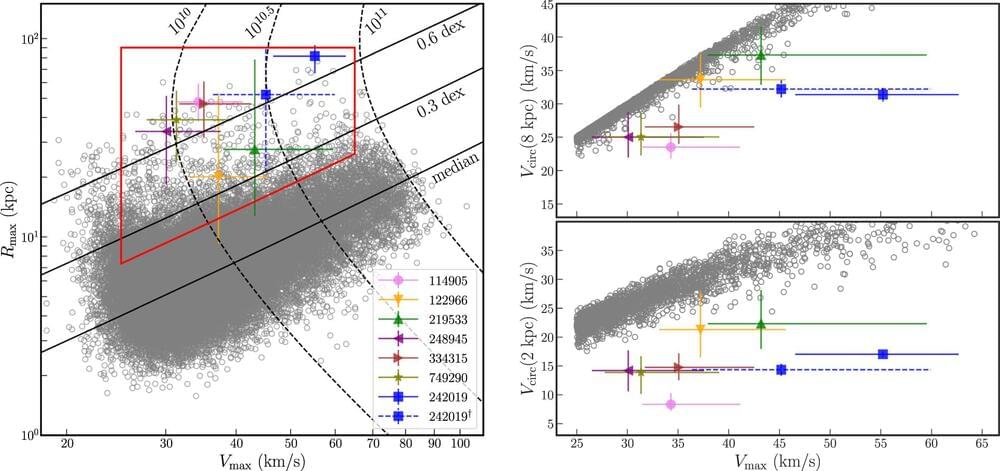
A study co-led by physicists at UC Riverside and UC Irvine has found that dark matter halos of ultra-diffuse galaxies are very odd, raising questions about physicists’ understanding of galaxy formation and the structure of the universe.
Ultra-diffuse galaxies are so called because of their extremely low luminosity. The distribution of baryons—gas and stars—is much more spread out in ultra-diffuse galaxies compared to “normal” galaxies with similar masses.
In the following Q&A, Hai-Bo Yu, an associate professor of physics and astronomy at UCRhis thoughts on the findings he and UCI’s Manoj Kaplinghat, his long-term collaborator, have published in The Astrophysical Journal about newly discovered ultra-diffuse galaxies and their dark matter halos.
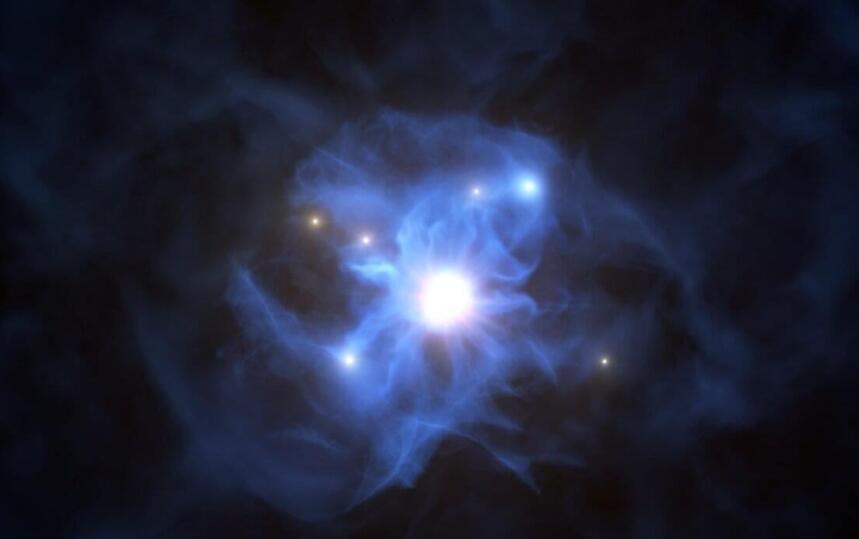
With the help of ESO’s Very Large Telescope (VLT), astronomers have found six galaxies lying around a supermassive black hole when the Universe was less than a billion years old. This is the first time such a close grouping has been seen so soon after the Big Bang and the finding helps us better understand how supermassive black holes, one of which exists at the centre of our Milky Way, formed and grew to their enormous sizes so quickly. It supports the theory that black holes can grow rapidly within large, web-like structures which contain plenty of gas to fuel them.
“This research was mainly driven by the desire to understand some of the most challenging astronomical objects —supermassive black holes in the early Universe. These are extreme systems and to date we have had no good explanation for their existence,” said Marco Mignoli, an astronomer at the National Institute for Astrophysics (INAF) in Bologna, Italy, and lead author of the new research published today in Astronomy & Astrophysics.
The new observations with ESO’s VLT revealed several galaxies surrounding a supermassive black hole, all lying in a cosmic “spider’s web” of gas extending to over 300 times the size of the Milky Way. “The cosmic web filaments are like spider’s web threads,” explains Mignoli. “The galaxies stand and grow where the filaments cross, and streams of gas—available to fuel both the galaxies and the central supermassive black hole—can flow along the filaments.”
This places Drake in the company of towering physicists with equations named after them, including James Clerk Maxwell and Erwin Schrödinger. Unlike those, Drake’s equation does not encapsulate a law of nature. Instead, it combines some poorly known probabilities into an informed estimate.
Whatever reasonable values you feed into the equation (see image below), it is hard to avoid the conclusion that we shouldn’t be alone in the galaxy. Drake remained a proponent and a supporter of the search for extraterrestrial life throughout his days, but has his equation taught us anything?
Drake’s equation may look complicated, but its principles are rather simple. It states that in a galaxy as old as ours, the number of civilizations that are detectable by virtue of them broadcasting their presence must equate to the rate at which they arise, multiplied by their average lifetime.